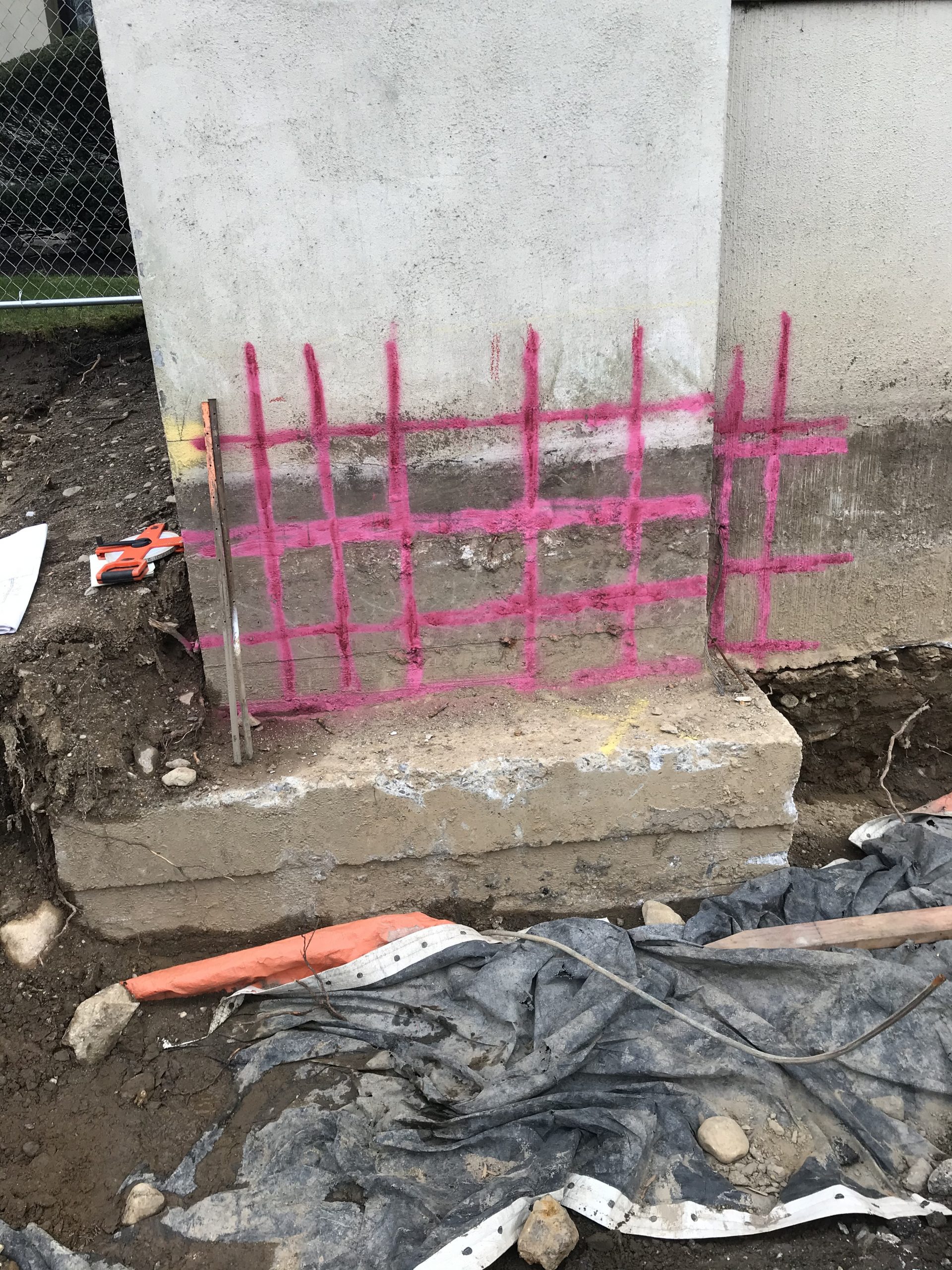Selecting the Right Concrete Scanning Devices
Selecting the Right Concrete Scanning Devices
Blog Article
Beyond the Surface: Leveraging Advanced Concrete Scanning Techniques for Unmatched Precision and Insight
In the world of construction and infrastructure upkeep, the mission for precision and thoroughness is never-ending. Advanced concrete scanning methods have actually become vital tools in this quest, providing a glimpse under the surface area to reveal a world of vital insights. By utilizing sophisticated modern technologies, specialists can reveal anomalies, analyze the problem of concrete structures, and make informed decisions that shape the course of tasks. The effects of these strategies extend far beyond mere surface-level assessments, promising a deepness of precision and understanding that is exceptional.
Significance of Advanced Concrete Scanning
The value of utilizing innovative concrete scanning techniques hinges on the exceptional accuracy they use for detecting sub-surface anomalies and ensuring architectural honesty. By employing cutting-edge technologies such as ground-penetrating radar (GPR), electromagnetic induction, and progressed finder imaging, building experts can delve below the surface of concrete frameworks with a level of precision that much goes beyond standard evaluation methods. Concrete Scanning. These techniques make it possible for the identification of covert threats like rebar deterioration, gaps, channels, or post-tension cords that might endanger the security and security of a framework with time
Additionally, progressed concrete scanning provides vital understandings right into the general condition of a concrete component without the need for intrusive measures, minimizing the threat of creating damage throughout the evaluation procedure. The capacity to determine the exact location and depth of prospective problems enables for targeted fixings and maintenance, ultimately extending the life-span of the structure and optimizing its efficiency. Fundamentally, the significance of advanced concrete scanning can not be overemphasized in the world of building and facilities upkeep, where precision and reliability are extremely important.
Kinds Of Cutting-Edge Technologies

Abnormalities and Flaw Discovery

In enhancement to GPR, concrete scanning methods like thermography and impact-echo testing are also reliable in spotting defects and abnormalities. By leveraging these advanced strategies, professionals can proactively deal with structural concerns, making sure the long life and safety of concrete structures.
Assessing Concrete Problem
Exactly how can designers accurately assess the problem of concrete frameworks to guarantee their longevity and safety and security? Numerous advanced concrete scanning strategies are used for this function. Ground-penetrating radar (GPR) is typically made use of to analyze the inner structure of concrete, detecting voids, cracks, and various other anomalies that may jeopardize its toughness.
Additionally, visual examination continues to be a basic part of concrete condition evaluation. Designers visually check out the surface for indications of wear and tear, such as spalling, fracturing, or staining. Integrating non-destructive screening methods with aesthetic assessments allows for a detailed examination of concrete problem, allowing engineers to determine possible issues beforehand and carry out timely upkeep or repair work. By leveraging these innovative techniques, designers can ensure the lasting resilience and safety of concrete structures.
Enhancing Decision-Making Procedures
In the world of facilities administration, optimizing decision-making procedures is imperative for ensuring the reliable upkeep and durability of concrete structures. Enhanced decision-making procedures in concrete monitoring include utilizing advanced scanning techniques to gather in-depth information on the problem of frameworks. By leveraging modern technologies such as ground-penetrating radar and 3D imaging, stakeholders can make informed decisions relating to repair, substitute, or reinforcement methods.
These advanced scanning methods provide invaluable understandings into the internal structure of concrete, recognizing prospective issues such as spaces, cracks, or rust that might not be visible externally. This degree of in-depth information enables proactive maintenance preparation, lessening the risk of architectural failures and increasing the total lifespan of concrete frameworks.
In addition, by incorporating electronic documentation and evaluation index tools right into the decision-making process, stakeholders can track the advancement of concrete conditions over time, allowing predictive upkeep techniques and maximizing resource allocation. Eventually, the assimilation of advanced concrete scanning methods boosts decision-making procedures by giving unequaled accuracy, understanding, and performance in have a peek at this website infrastructure administration.
Verdict
Finally, progressed concrete scanning techniques offer unparalleled precision and insight in spotting abnormalities, issues, and examining the condition of concrete structures. By leveraging advanced technologies, decision-making procedures can be boosted, causing more educated and efficient options for preserving and repairing concrete framework. These strategies play a critical duty in making sure the security and longevity of concrete structures, making them an important tool in the field of construction and design.
Additionally, advanced concrete scanning provides invaluable understandings right into the general condition of a concrete component without the demand for intrusive steps, minimizing the risk of creating damage throughout the analysis process - Concrete Scanning. Another ingenious technology is 3D X-ray scanning, which gives in-depth pictures of the internal framework of concrete, using important information without the need for destructive testing. Furthermore, Concrete Cover Meters are used to determine the thickness of concrete cover over support bars accurately. Boosted decision-making processes in concrete monitoring involve making use of sophisticated scanning techniques to collect detailed data on the condition of frameworks.In conclusion, progressed concrete scanning strategies offer unparalleled precision and understanding in discovering abnormalities, flaws, and assessing the condition of concrete frameworks
Report this page